Arizona Trip Part 6, Kitt Peak Non-Astro Pics
After our Picacho Peak hike, we made our way to Kitt Peak National Observatory, about 50 miles west of Tucson. A friend tried out their Advanced Observing Program about ten years ago and highly recommended it. The basics are that for $700 you get to spend the night at Kitt Peak and use either their 16″ RC or their 20″ RC most of the night. You have a guide who is there to operate the telescope and facilitate your every need. If you
are experienced, you can bring an observing list. Otherwise, the guide will know some good things to look at. Visual observing and photographic observing are possible. You are allowed to use your own camera, but they just got some Canon 60DAs which work amazingly well. They also have webcams for planetary imaging and CCD cameras. I’d point out the “finder scopes” on these RCs are very nice refractors. The 16″ has a 140mm TEC and the 20″ has a 106mm Takahashi FSQ. From sunset until a little while past twilight, the Nightly Observing Program (NOP) is running. This is a free event, open to the public, and is similar to what you’d get at any telescope, only under better skies.
The mountain actually closes for the night, to keep car headlights away from their pristine skies so room and board are provided in the $700 AOP package.
My first attempt at an AOP was in July 2007, when I was in Tucson for other purposes. Unfortunately, the monsoon season was getting ready to start and the skies were mostly cloudy all week long. When I completed my PhD in 2009, my parents gave me an AOP as a graduation present. I was not able to cash in on this until October 2011, when my brother and I spent the night. It stayed clear until about 3 AM when clouds rolled in. Earlier this year, I decided to do another AOP, around six months after my first one, so that I could see the other half of the sky. They recommend you book two months in advance. One thing they tell you is to plan to spend more than just one night in the area so that your trip isn’t a complete waste if there are clouds that night. You don’t have to pay the full price if there is a cancellation because of weather, however, in 2007, I was told the choice was up to me, and if they guide comes up to the mountain, you have to pay, regardless. In addition, they will try to make accommodations in case a different night looks more promising.
That happened with my AOP this time around. I was originally going to observe on Sunday night, but the weather forecast was making me nervous. Throughout the week, the National Weather Service was predicting partly cloudy skies. I’ve learned that “partly cloudy” can mean anything from completely clear to completely overcast. A few
days in advance, I called the program coordinator and asked if I could switch to Saturday night, which had more promising weather. Within a few hours, she was able to call my original guide, and get the night switched. It ended up working out better for the guide anyway. Then Saturday morning, I got a call from our guide. He said, “I have some potentially bad news. It turns out the 16″ you were going to use is booked tonight. Would you be willing to use the 20″?” Of course I would! Now, to be honest, I was planning on imaging through the refractor anyway, and that meant switching from a TEK to a Takahashi, an awesome trade.
We raced from Picacho Peak to the mountain, arriving at the base around 3:30.
It was about a 20 minute drive to the top, with breathtaking views, including the telescopes. We checked in, had dinner in the cafeteria there, and waited for the AOP to start. I’ll blog about that part of the night in great detail later, but the punchline is that I was up until about 6 AM and got some awesome views. The next day, we woke up around 10 AM and toured some of the larger scopes on the mountain. The first one is the solar scope, which is actually dug into the mountain.
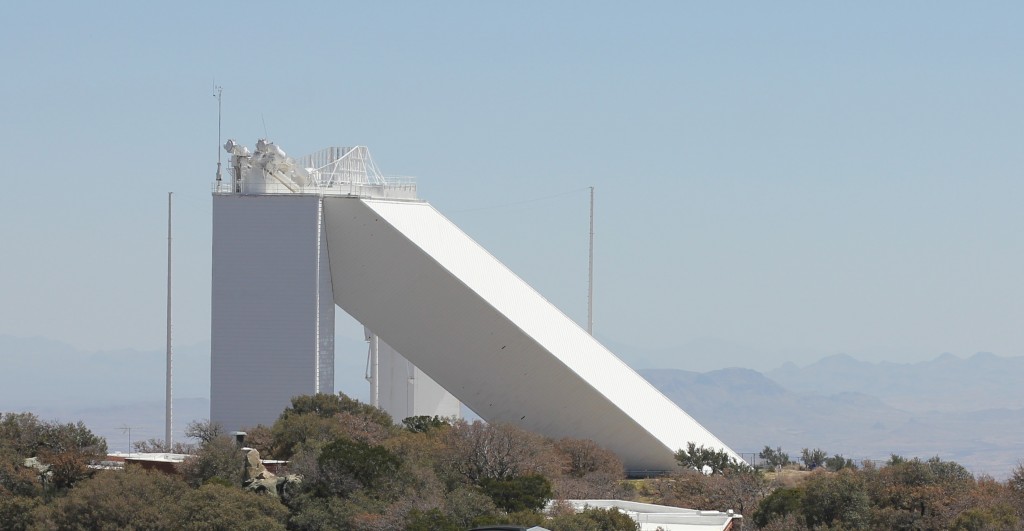
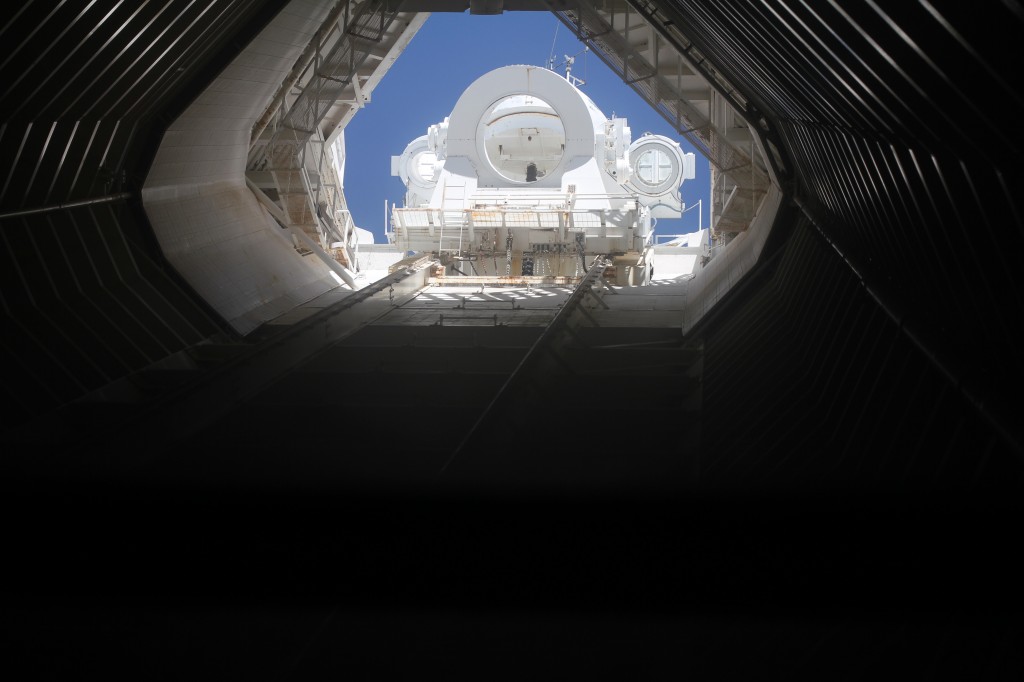
Nearby, there’s also the 2.1 meter telescope.
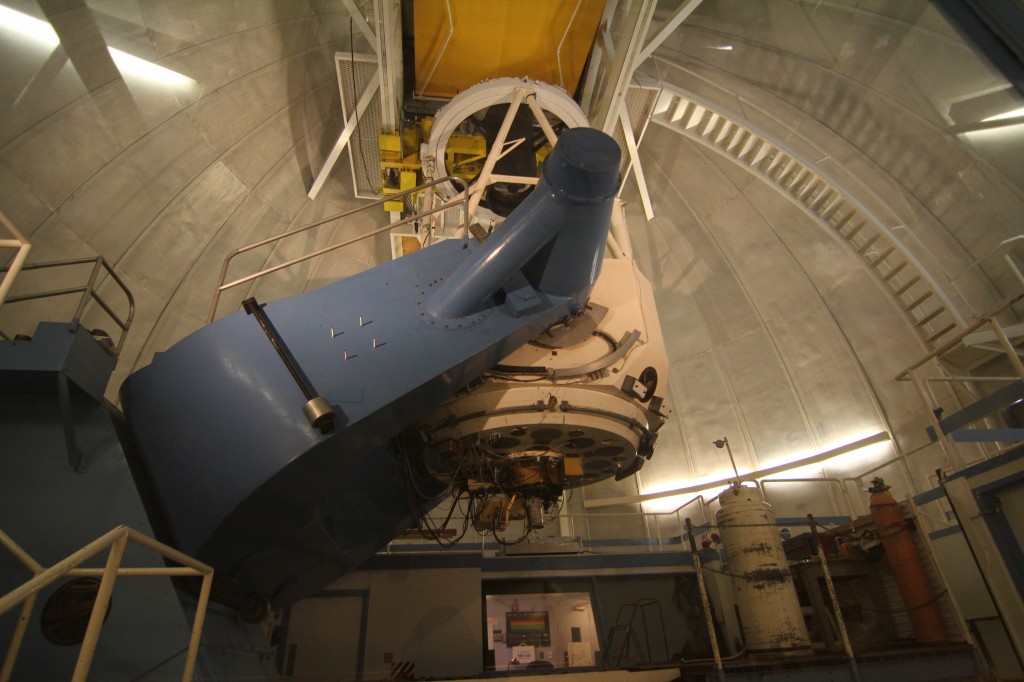
On the way out, there’s the 4.3m Mayall telescope. At one time, it was the second largest working telescope in the world. It’s at just about the highest point on the mountain, so the views are spectacular.
The drive down is pretty, and a little disappointing that you are leaving one of the best sites in the world for astronomy.
Next up, the astropics!

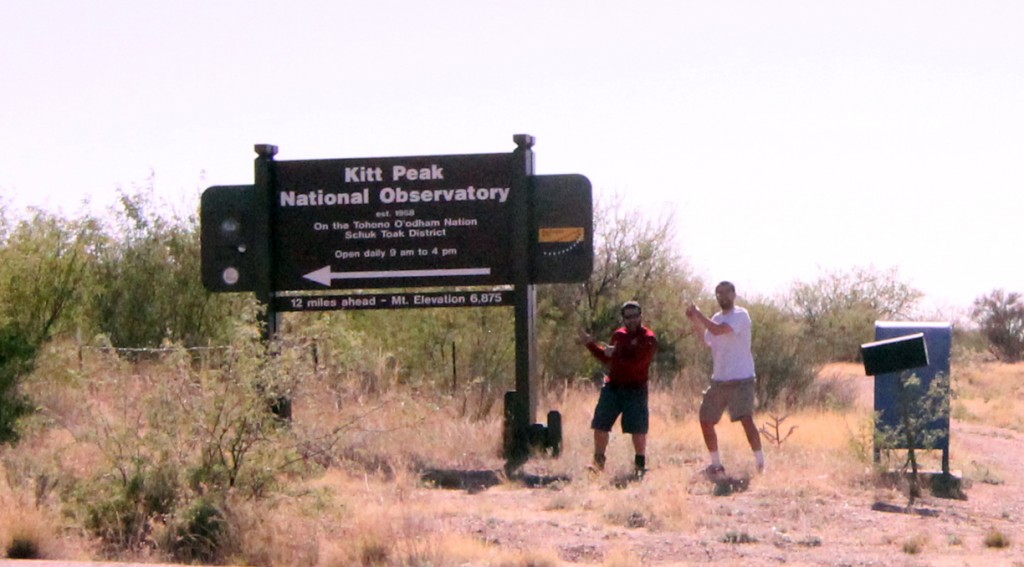
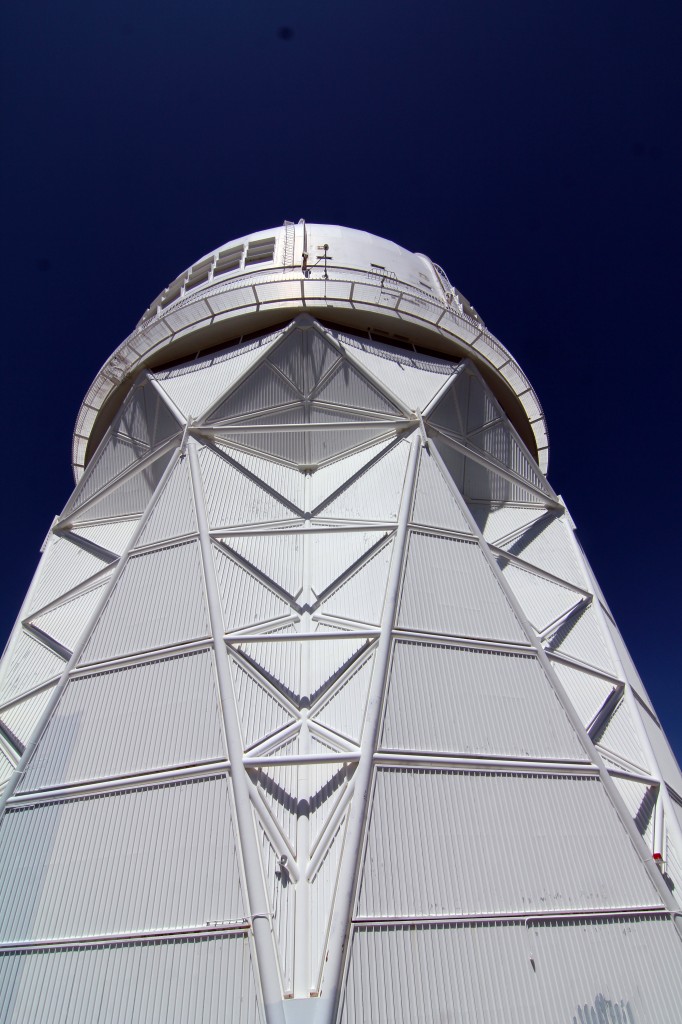
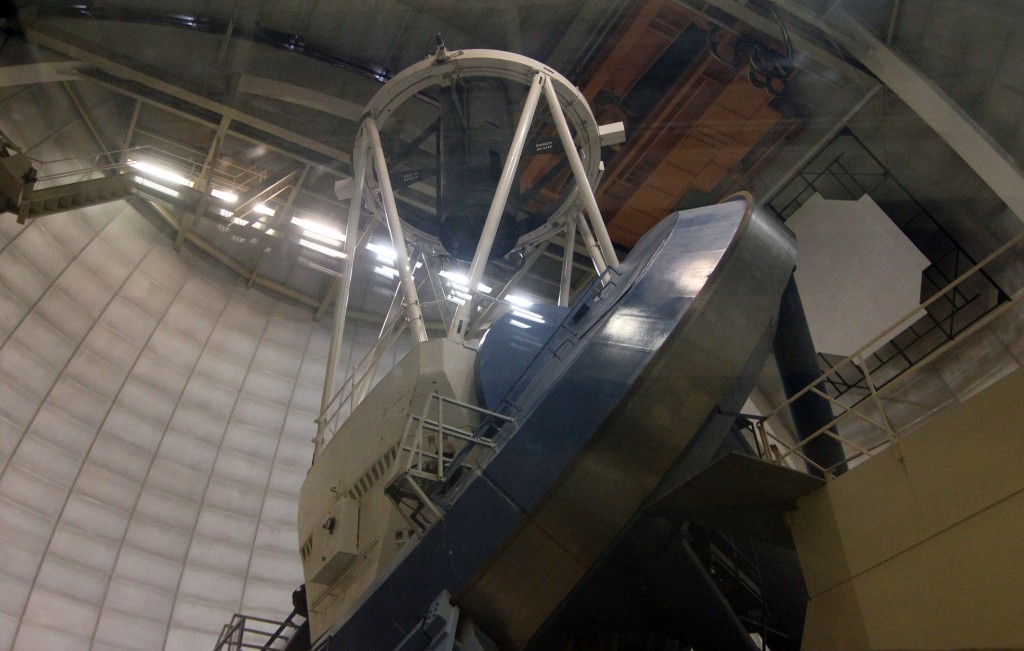
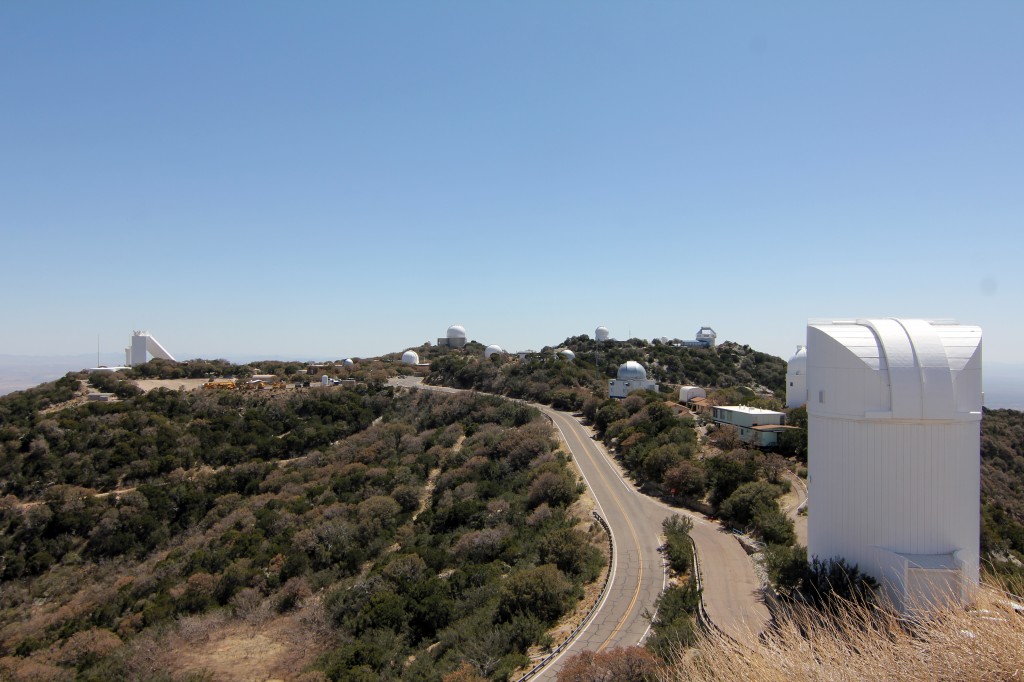
Leave a Reply